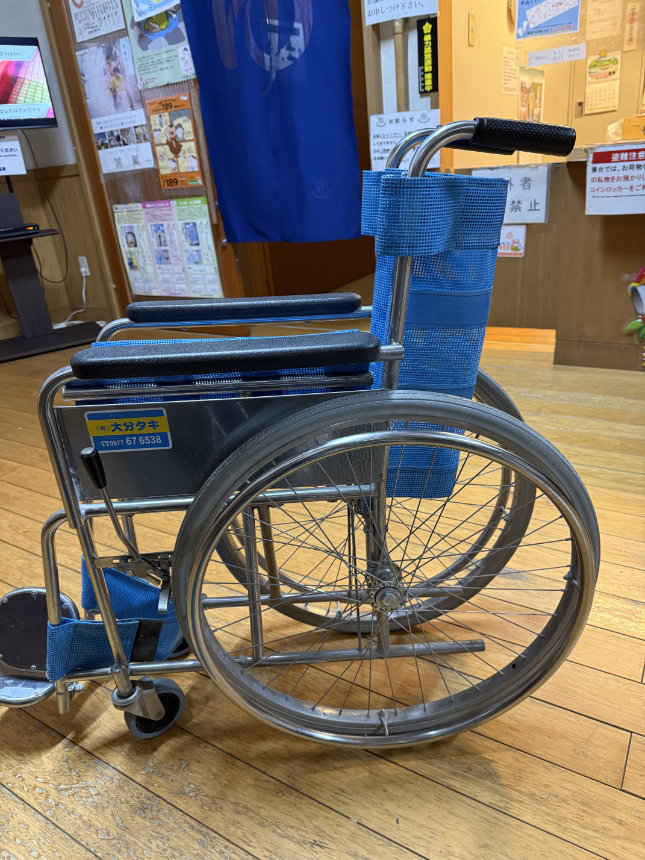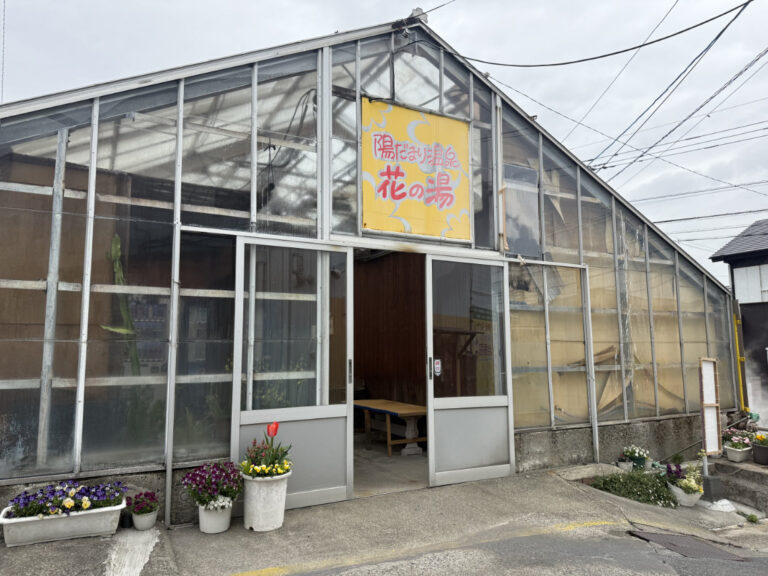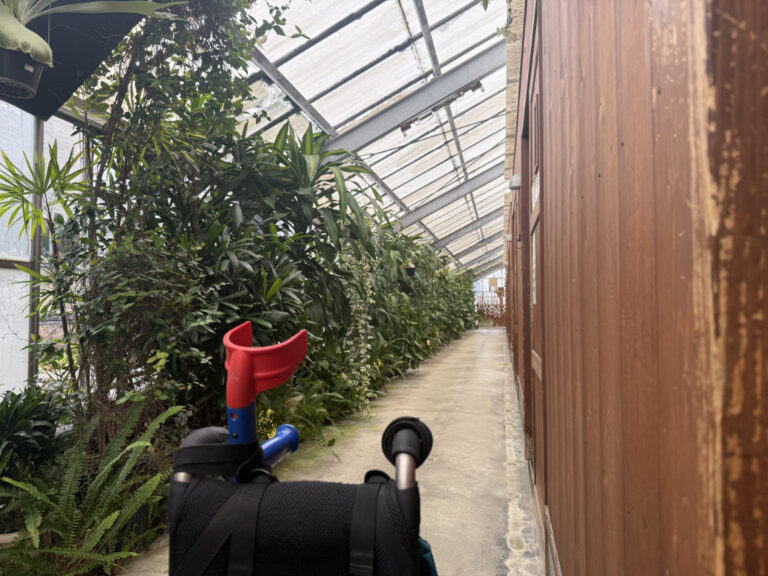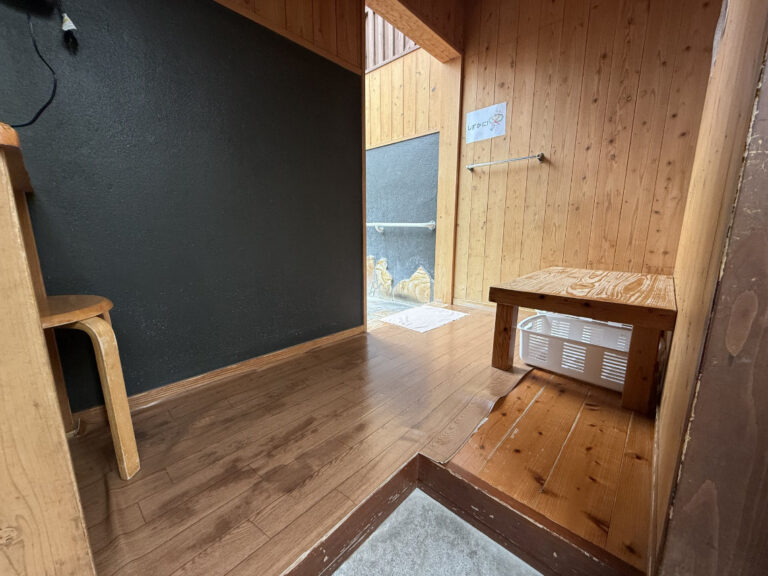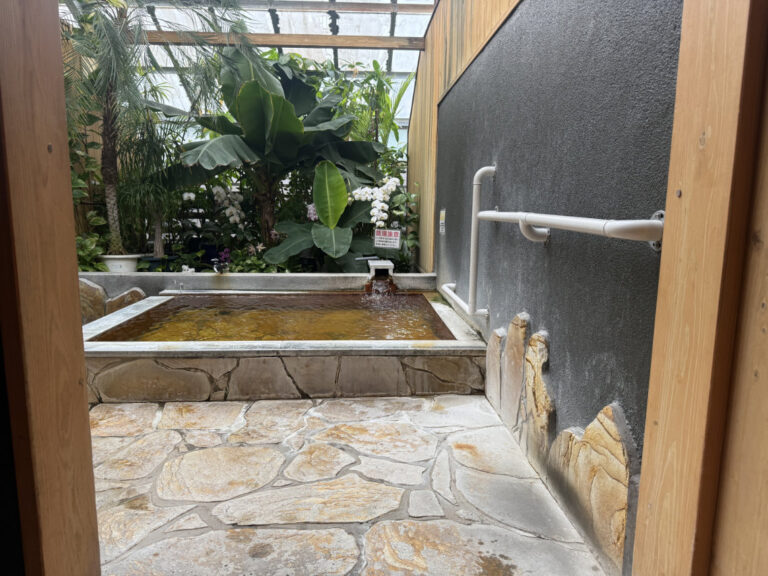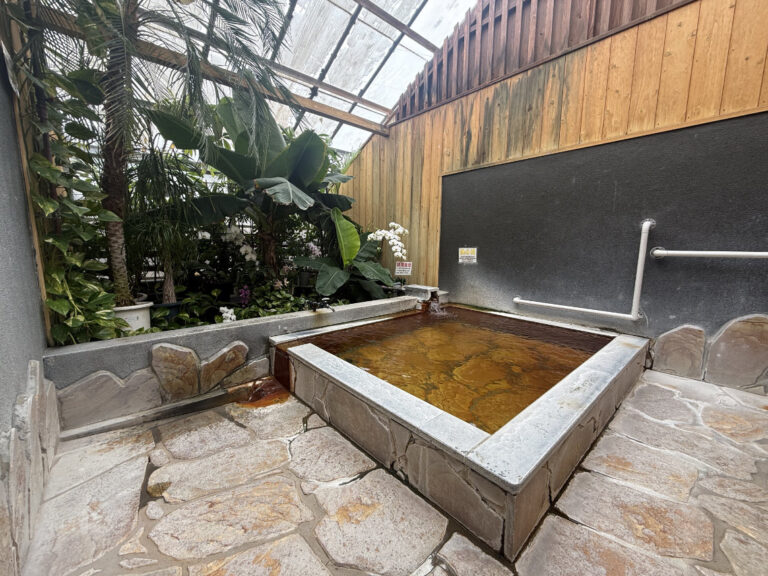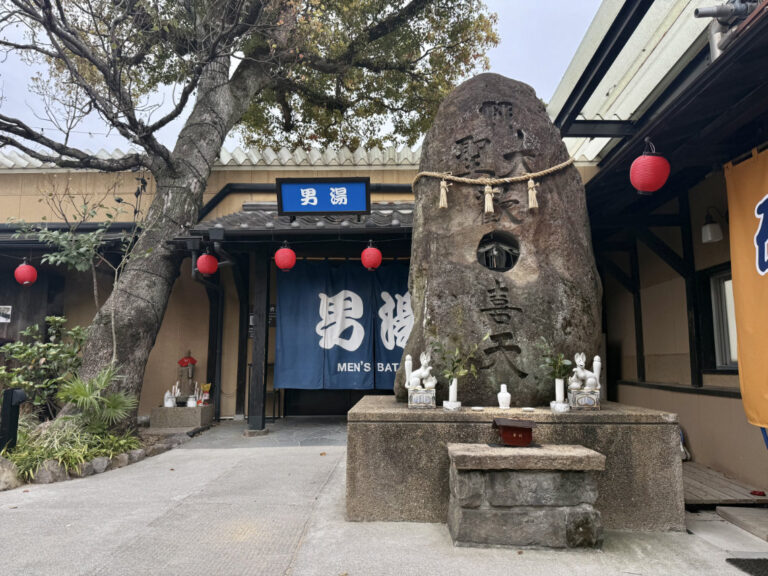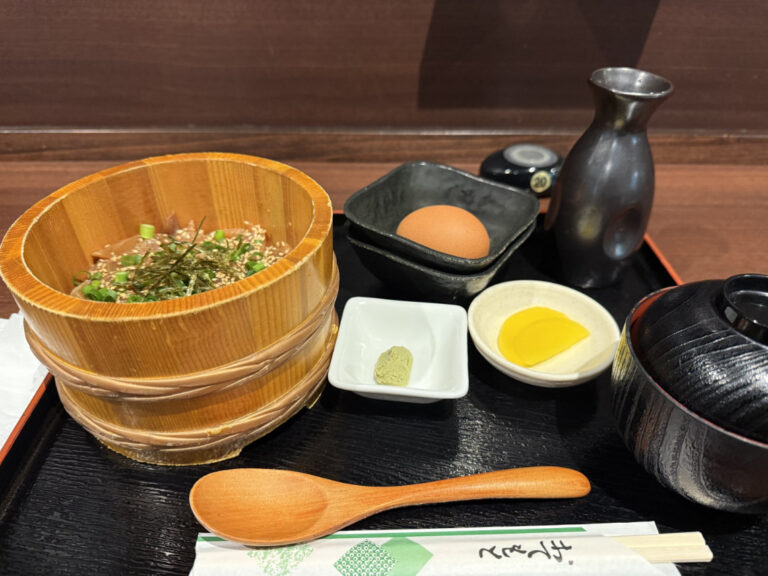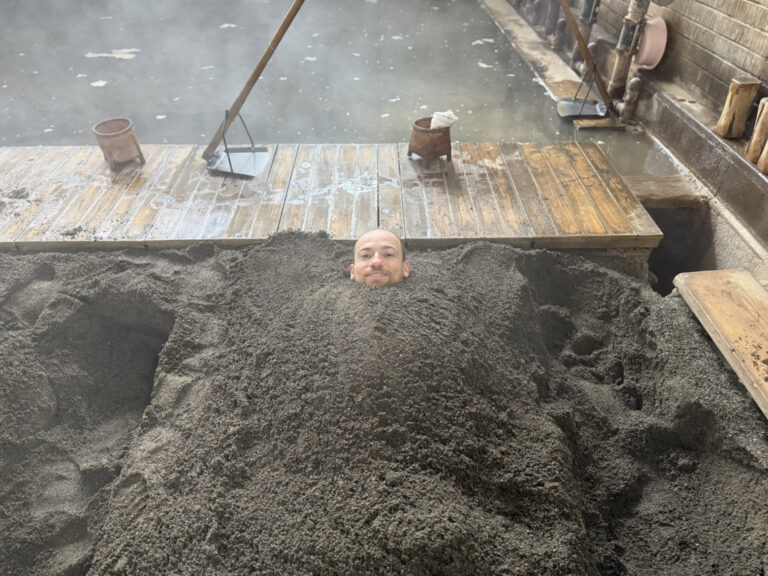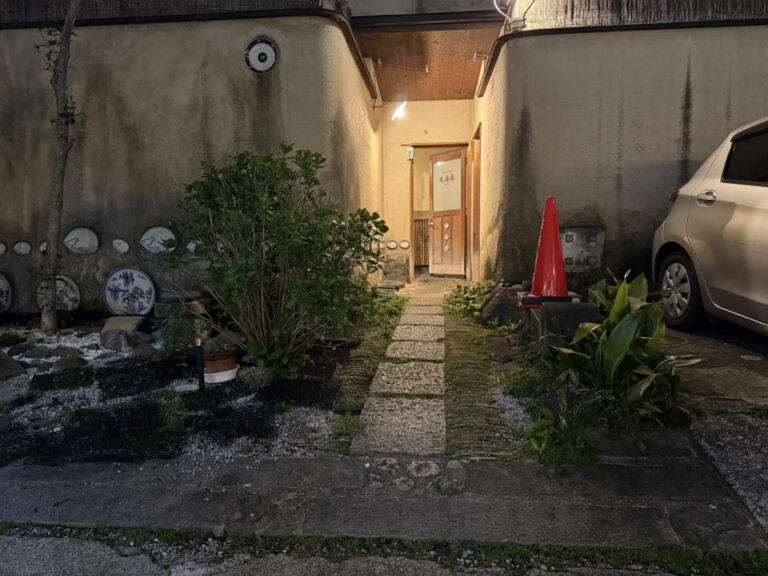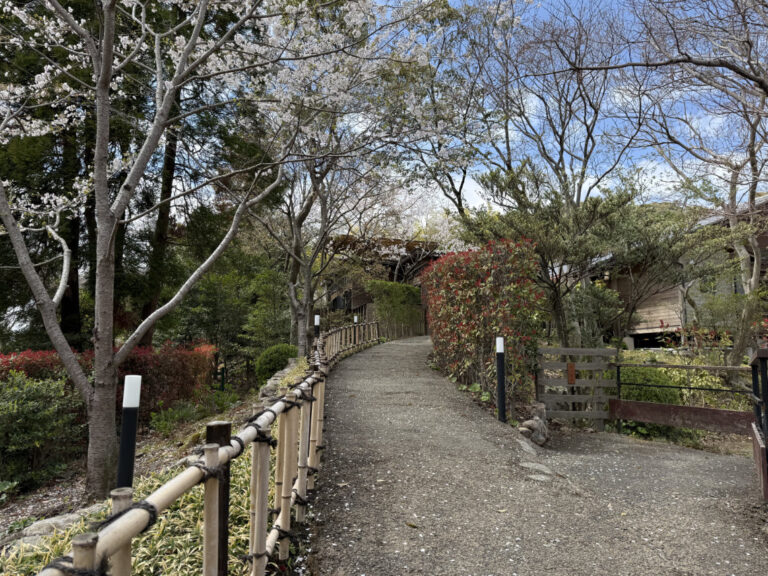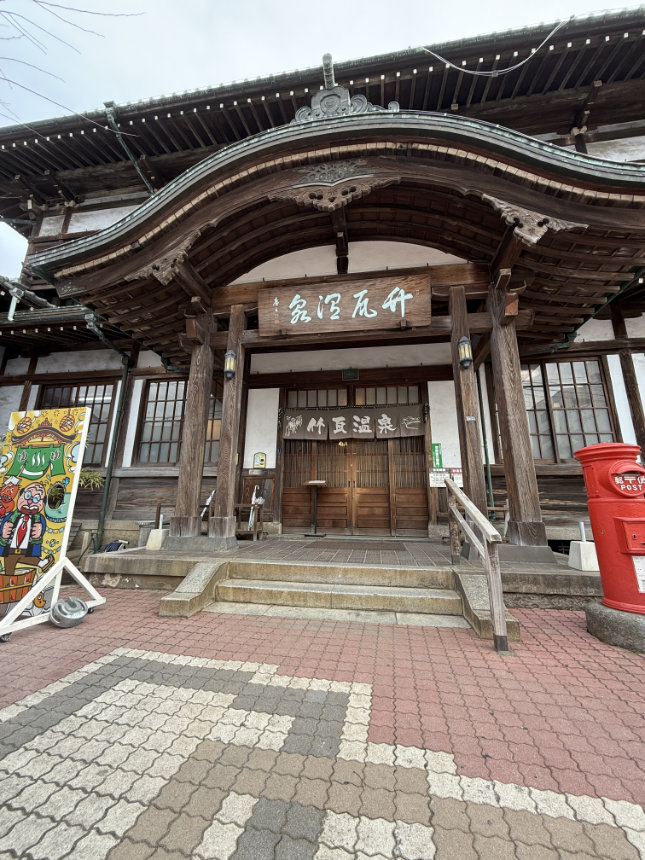Beppu, located in the southern island of Kyushu, is renowned for being the hot spring capital of Japan and, in a country known for its thermal waters, it is saying quite a lot. There are thousands of vents within the city that steam jets of hot air. In the colder season, they form columns of vapor that give Beppu, along with its characteristic smell of sulphur, an unmistakeable atmosphere.

General information
Beppu Onsen is the name given to the hot spring system located in the city of Beppu, prefecture of Oita. Within the system, there are eight major thermal zones. Basically, wherever you are in Beppu, you will most probably have one of these zones or one of its more than 2,900 spring vents nearby. Its waters are said to be beneficial for multiple ailments, such as improving joint pain, muscle pain, chronic pain, arthritis, blood circulation, skin conditions and more.
In Beppu, you can find many different types of bath houses: from simple ones aimed at the local population that have a neighborhood feel, to fancy ones with stone rotenburo and scenic views. From traditional ones with older wooden buildings, to modern ones with newer pools and amenities. From really small, to bigger complexes with several bathing areas. From indoor, to outdoor. From public, to private family baths. From clear to muddy waters. And so on. Whichever onsen you may imagine, you can find it in Beppu. Also, for those of you that have tattoos, as opposed to most areas in Japan, most onsen in Beppu are tattoo-friendly.
The opening times for each bath house vary quite a lot, so it is recommended to check in advance (Google Maps is quite spot on in Beppu). Some of them open as early as 6:30am, but some of them do not do it up until 10am. It is the same for closing times. They may be as early as 5pm or as late as midnight. For hotels and ryokans with onsen it may be a bit different, as some of them close in the early afternoon for cleaning and then reopen later in the evening.

Getting there
As the Shinkansen does not get to Beppu, it takes a bit of time to get to it from major tourist locations. Nevertheless, there are a couple of good accessible options.
The first option is taking the Sunflower Ferry from Osaka to Beppu. It is an overnight trip that takes about 12 hours. The ferry is wheelchair accessible and has two different types of rooms that are advertised as accessible. On the Sunflower Kurenai vessel, these are the Suite type rooms and the Private Beds Group rooms. Nevertheless, you will have to book a regular room of one of these types and then ask for the accessible one at check-in (it is recommended to get there 2 hours in advance to secure one of the rooms). Other rooms, like the Superior Single or the Superior Twin are step-free to access the room itself, but have a step to enter the bathroom. On the 7th floor, near the public bath (which is not accessible, as it has a step to the changing area and wheelchairs are not allowed in), there is a public accessible restroom.
The second option is taking the Sonic Nichirin Hyuga train from Fukuoka (Hakata station, which is the same station as where the Shinkansen stops) to Beppu Station. There are wheelchair spaces and accessible seating on board. The ride takes about 2 hours. The station in Beppu is at the city center, so its location is very convenient.
Moving around
This is where things get a bit more tricky accessibility-wise. The main means of transport around Beppu is the bus, which is a bit of a hit or miss. Even if all buses have the blue wheelchair mark on them, depending on the model of bus, not all of them will allow you to board if you are traveling on your own or if your wheelchair is not foldable. Adding to the complication, not all buses on the same line are of the same model, so you cannot count on a specific line to be always accessible or otherwise. (Ramps for city buses can be very steep. Deployment often depends on this steepness, as the usability can be limited by the bus model – one or two boarding steps – and the bus stop configuration – sidewalk level, platform, etc. – potentially making the incline impractical.)
If you do not want to depend on the bus, hiring an accessible taxi may be a better option. Additionally, there is an organization of people with disabilities that offers transportation both for locals and tourists in an accessible van. They are called Beppu / Oita Barrier Free Tour Center and, as their name suggests, they also organize accessible tours, both around the area and to the hells.
Accessibility
Onsen accessibility, in general, is poor. Steps or stairs are the standard at onsen and Beppu is no exception. Even if an onsen is listed as “step-free,” personal wheelchairs are not usually allowed inside for hygienic reasons.
Nevertheless, the prefecture has put some effort into making some of them more accessible for people with disabilities. Note: it is often assumed that people with disabilities are traveling with an able-bodied companion that can assist them, and small steps are sometimes counted as accessible.
To navigate the huge variety of onsen in Beppu, along with extensive online search, a useful guide is the Parabeppu website (you can translate it into English from the drop down menu on the top left of the page), however some onsen do not have all the accessibility features listed on the page.
Below is a list of a few examples of the onsen found in Beppu with partial accessibility, for those who are ambliatory to a degree.
Furosen and Kaimonji
Both Furosen and Kaimonji are located in central Beppu, and can be accessed by either walking or wheeling from Beppu Station. They are completely step-free onsen (except for the ledges to enter the pools). At the entrance, visitors can transfer to one of their manual water-proof wheelchairs (see picture below). With these wheelchairs, visitors can enter both the changing rooms and the bath areas.

Furosen and Kaimonji are indoor onsen and are visited mostly by locals from the neighborhood. Furosen is a bit bigger than Kaimonji.
Hidamari Onsen Hana no Yu
In between the city center and the Hells of Beppu, Hana no Yu is a good option if you are looking for an onsen with nice aesthetics. At Hana no Yu, inside a green house like building, there are 8 private baths that visitors can rent without prior reservation. Each of them features a decoration of distinctive types of plants and flowers.
The way to the entrance of the private baths is step-free, with a feasible ramp to access the green house. Visitors will need to park their wheelchair at the door of the private bath, as there is a small step after the door. From the door to a bench on the changing room there is less than one meter. Then, from the changing room to the pool there are less than two meters. There are grab bars on the wall to help people with reduced mobility. Finally, there is also the step-ledge to enter the pool. According to the staff, even though all the private baths are similar, the easier ones to get into are the first two. The “Bara” private bath is pictured below.

Note that sidewalks in the area are not great, but it is possible to get to the onsen from nearby bus stops by sticking to sidewalk-less side streets or by occasionally using the road.
Hyotan Onsen
A bit to the south of the main area of Hells of Beppu, Hyotan Onsen is one of the most famous onsen in town and for a good reason. It features several indoor pools, an outdoor shallow pool (Taki no Yu) with water beams that fall from 4 meter high and a fantastic outdoor stone rotenburo with trimmed flora. At Hyotan Onsen you can also try the famous onsen eggs, cooked with thermal water, enjoy a traditional meal at their restaurant or get buried in hot sand, known as a sand bath or suna buro.
Unfortunately, public pools both indoor and outdoor are very inaccessible. They have several steps and two flights of stairs to access from the changing room area. Also, for those who can walk, the overall distance if you do the whole tour, exceeds the hundred meters. Stools in the changing room are scarce and quite tall, so resting while changing is also difficult. As for the sand bath, there are also steps to enter the building and you need to bury yourself, as there is no staff to do so.
To go to the restaurant, there are 3 steps at different points in the way, the first of them at the reception entrance, though visitors can stay in their wheelchair if able to get over the steps.

On the good side, there is a private family bath that visitors can book at least 48 hours in advance (for ¥2,300 yen). The family bath features an accessible restroom and has only two steps to access the pool. You can also use your wheelchair to move around it. This private bath is listed as a recommendation in Beppu / Oita Barrier Free Tour Center.
Oniishi no Yu
Next to one of the Hells of Beppu, Oniishi no Yu is a step-free onsen with a beautiful natural environment.
However, even if it is step-free, wheelchairs are not allowed past the entrance. To get to it, there is a steep trail from the ticket place at Oniishi Jigoku (Oniishi Hell). There you can borrow a wheelchair, but you may only use it on the trail that leads to the onsen. Once at the onsen, you have to leave it at the entrance.
For those of you who can walk, the distance from the entrance to the changing room is between 10 to 15 meters. At the changing room, there are several benches available. From the changing room to the indoor pool there are 10 more meters. To the outside pool, there are 5 meters more. Finally, there is a second outdoor pool, but there is a flight of stairs to get to it.
Nogamihonkan Ryokan (Hotel and Onsen)
This is a hotel with a public onsen. It also has a private family onsen right in front of the hotel that can be reserved, either in person (if it is free at the time) or in advance. Unfortunately, the hotel has a 25 centimeter step (with no ramp) to access the reception area. Following that, to reach the elevator that gets to the upper floors, there is very steep ramp over two steps.
As for the onsen, the public one has 5 steps to access the changing room and 2 more to access the pool area. The private one is at the end of stone path which has a small step and its a bit uneven and narrow (see picture below). Inside the bath, there is another step and the final and usual one to enter the pool. From the door of the private bath to the pool there are about 3 meters.

Takegawara Onsen Sand Bath
Here you can live the authentic experience of getting buried in thermal sand. Unfortunately, the building is not wheelchair accessible. At the entrance, there are two big steps and then another one right past the door. Past that, wheelchairs cannot go any further, as it is a no-shoe area. At the reception, there are several benches to rest while you wait for your turn. It is a popular place, so it is advised to get early in the morning, as waiting times can be long.
To get to the sand bath there are two small flights, one of about 7-8 steps and the other of 3 to 5. In the changing area, there is a bench. Once you change into a yukata, you will be buried in sand for about 15 minutes. The sand feels heavy and it gets quite hot. Nevertheless, if you are ok with the heat and enjoy onsen in general, being buried in warmth feels very good on your body.



